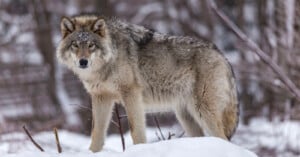
Photos Show How Dramatically Wildlife Behavior Changed During Lockdown
Humans might have sheltered in place, but animals were on the move during the pandemic's lockdown days.

Humans might have sheltered in place, but animals were on the move during the pandemic's lockdown days.
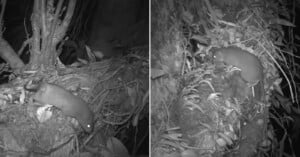
A team comprised of Zaira Rangers, a mammologist from the University of Melbourne, and a professor from Solomon Islands National University have taken the only photos ever of the exceptionally rare Vangunu giant rat.
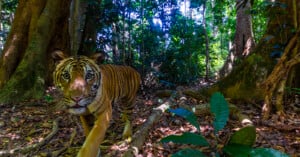
Camera traps in Malaysia have provided a rare glimpse into the country's wildlife and conservation efforts, especially those surrounding extremely rare Malayan tigers.
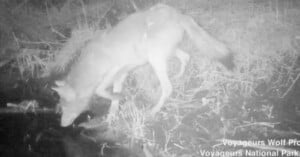
Camera traps have revealed that wolves go fishing more than researchers have ever realized.
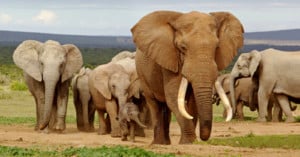
A team of scientists has developed a groundbreaking artificially intelligent (AI) camera trap that could help protect wildlife from poachers.
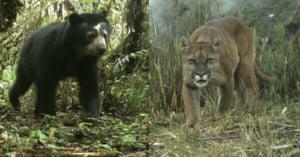
A new study that represents the largest photo database ever made consists of more than 120,000 photos taken in eight countries in the Amazon. It highlights the staggering array of wildlife in the region.
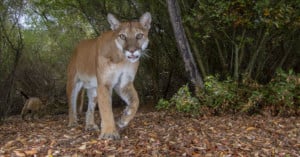
Photographer and wildlife biologist Roy Toft captures beautiful photos of mountain lions, bobcats, deer, and more in his backyard with his perfectly placed trail cameras.
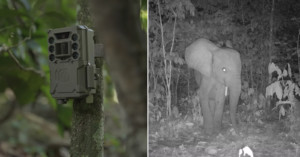
AI-powered camera traps are being used for more than just documenting and monitoring animals -- they have also been a crucial tool in protecting the local wildlife from poachers, such is the case in Gabon in Central Africa.
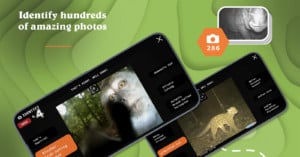
A massive ten-year-long biodiversity study that represents the largest camera trap effort ever has now been turned into a free mobile game called Unseen Empire.
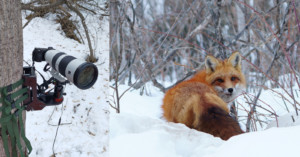
Wildlife photographer Levi Dojczman was out photographing birds one morning when he noticed a fox. Unfortunately, he was unable to get a photo without spooking it. Not to be denied, Dojczman spent the next few days testing a method to photograph the fox using a remote tethering solution.
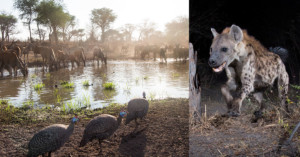
Wildlife photographer Will Burrard-Lucas was asked by the World Wildlife Fund (WWF) last year to shoot high-quality photos of some of Africa's most elusive animals. It's extremely difficult to stumble upon some of them, so Burrard-Lucas decided to set up 5 Canon DSLR camera traps. Over 3 months, the project managed to capture a large number of beautiful close-up photos of hyenas, lions, leopards, and other skittish creatures.

If you're a scientist looking to snap photographs of jaguars in the wild, how do you go about luring them to your camera? You might be thinking that you'll need to bring along some kind of meat, but there's a tool that'll fit much more neatly in your camera bag: cologne.
That's right: field biologists have discovered that scents designed to please human noses are actually quite effective at bringing the big cats into an area for a photo shoot.